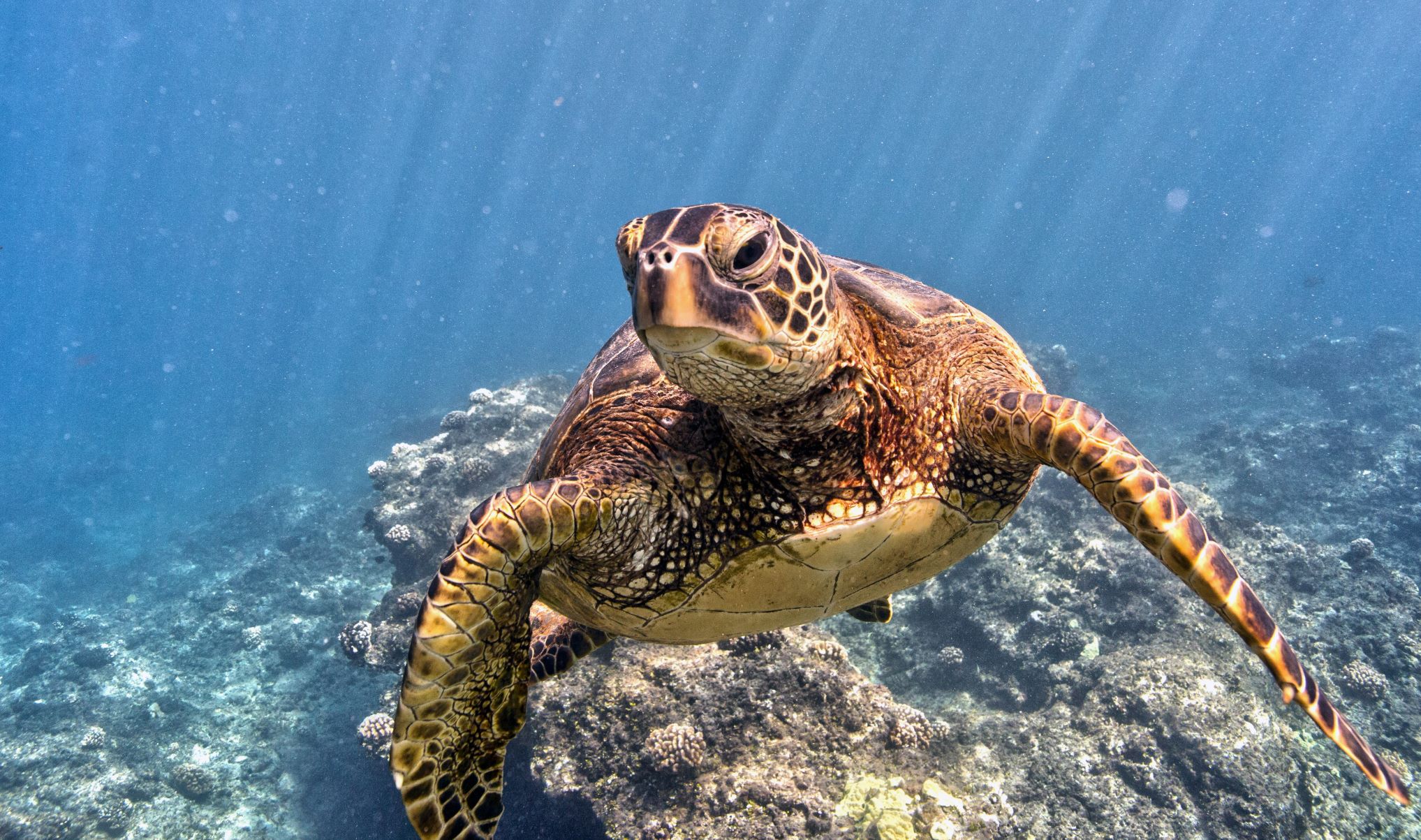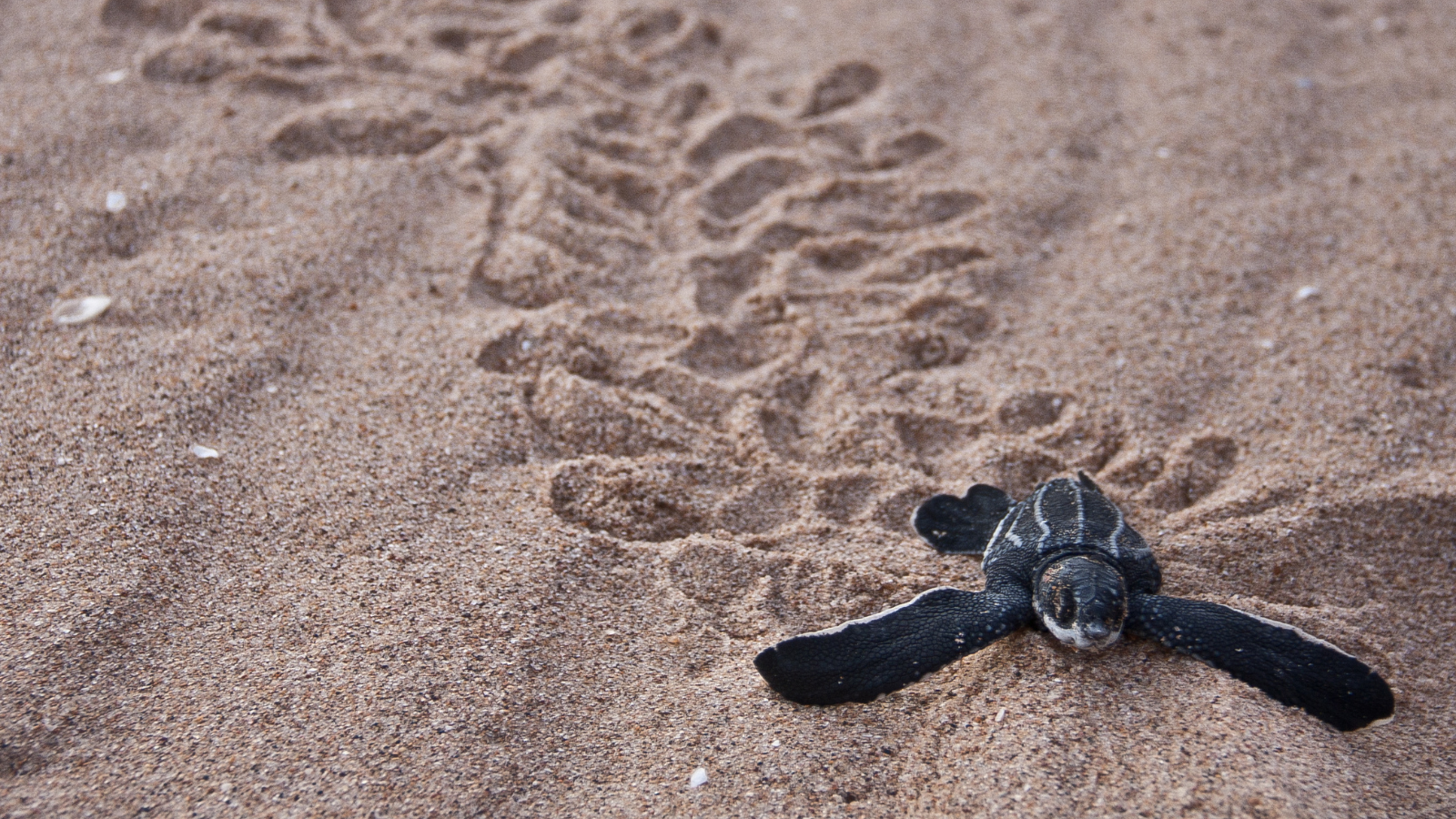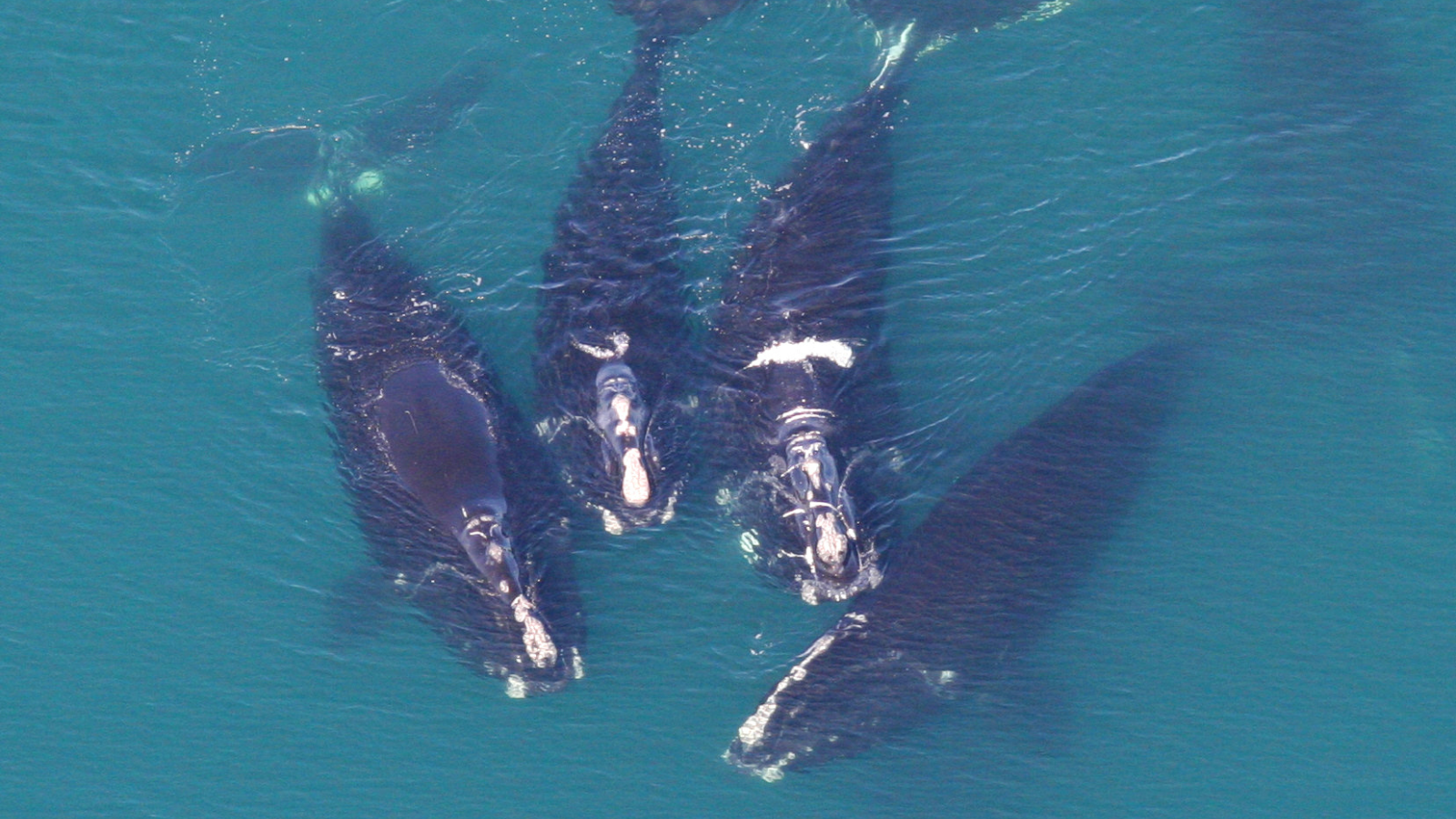
Where in the world do leatherback turtles go?
We may be one step closer to knowing where leatherback turtles spend their time
They may be the largest sea turtles in the world. But until recently, scientists couldn’t say where leatherback sea turtles went during parts of their epic migrations.
Leatherbacks are ancient animals: basically unchanged since the days of the dinosaurs, these endangered turtles can grow to as large as 1,000 pounds. Unlike other sea turtles, which are known for their scaley shells, leatherbacks get their name from the tough, ridged leather skin on their backs that makes their appearance so distinctive.
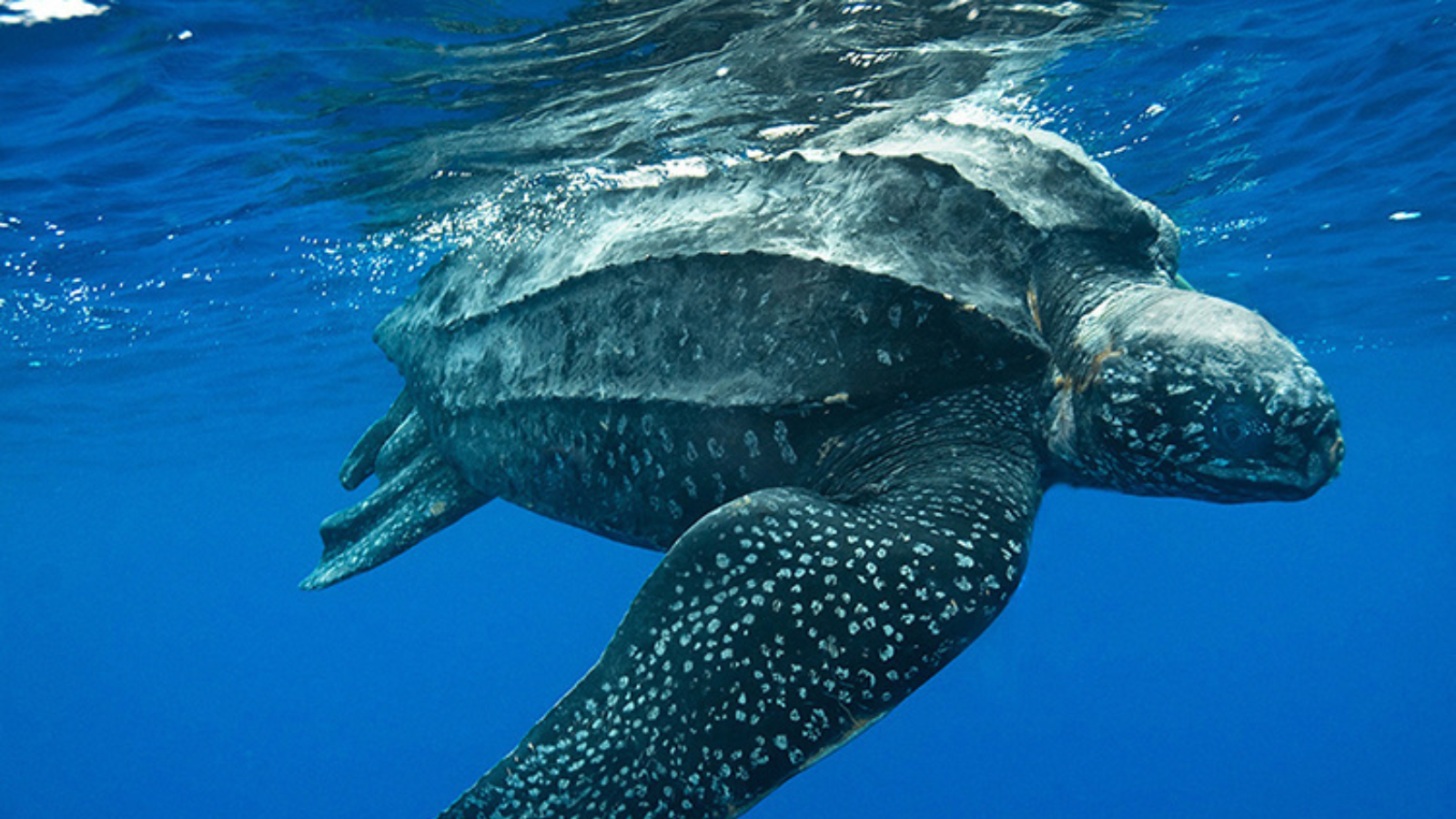
Of all seven sea turtles species, leatherbacks top the leaderboard across many categories: they are the largest sea turtles, they have some of the longest migrations between their nesting beaches and feeding grounds, and they are the deepest divers. Scientists have recorded a leatherback dive up to 4,000 feet, which is deeper even than some marine mammals.
We’ve known for a long time that leatherback turtles in the Atlantic migrate each year between their nesting grounds, found in the warm waters of the Caribbean and Southeast Atlantic, and the feeding grounds up north in New England and Nova Scotia.
As difficult as it is to believe that we might lose sight of the world’s largest sea turtles for a chunk of the year, where they went in between those two destinations has always been a bit of a mystery.
But now, new research led by the University of Miami Rosenstiel School of Marine, Atmospheric and Earth Science and NOAA Southeast Fisheries Science Center, might provide the most relatable answer to the question of where these giant turtles disappear to: they might be making pit stops for snacks along the way.
Researchers tagged 52 turtles between 2017 and 2022 and found that the leatherbacks stopped off along the coast of New Jersey and Delaware to snack on an abundance of sea nettles, a type of jellyfish and one of leatherbacks’ favorite foods. During one year, they even spotted leatherbacks in Long Island Sound, likely drawn there by an aggregation of lion’s mane jellyfish.
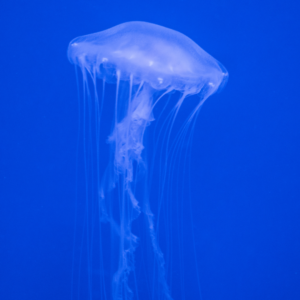
Sea nettles are one of leatherbacks’ favorite foods.Photo by William Warby | CC-BY-2.0
This research into the turtles’ snack breaks will help us better understand how to protect leatherbacks throughout the year from threats such as entanglement, and will give us a baseline to assess how their behavior changes as ocean temperatures rise.
But to me, this research highlights something even bigger: how little we still know about the ocean.
Every time we discover a new species of whale, a new habitat for our largest sea turtle, or a new 1,000 year old deep sea coral, it’s a reminder that our ocean is largely unexplored. If we don’t have a complete understanding of where our largest ocean animals spend their time just off our shore, how much do we have yet to learn about smaller, further-afield ocean life?
As our impact on the ocean increases, and as we discuss opening the ocean to new, potentially devastating industries such as seabed mining, it’s important that we appreciate, humbly, how little we know about the 70% of our planet we are putting at risk.
I want future generations to have the same opportunities to discover new, exciting things about the incredible animals that live off our shores. To make sure that happens, we need to protect our ocean, before it’s too late.
Topics
Find Out More

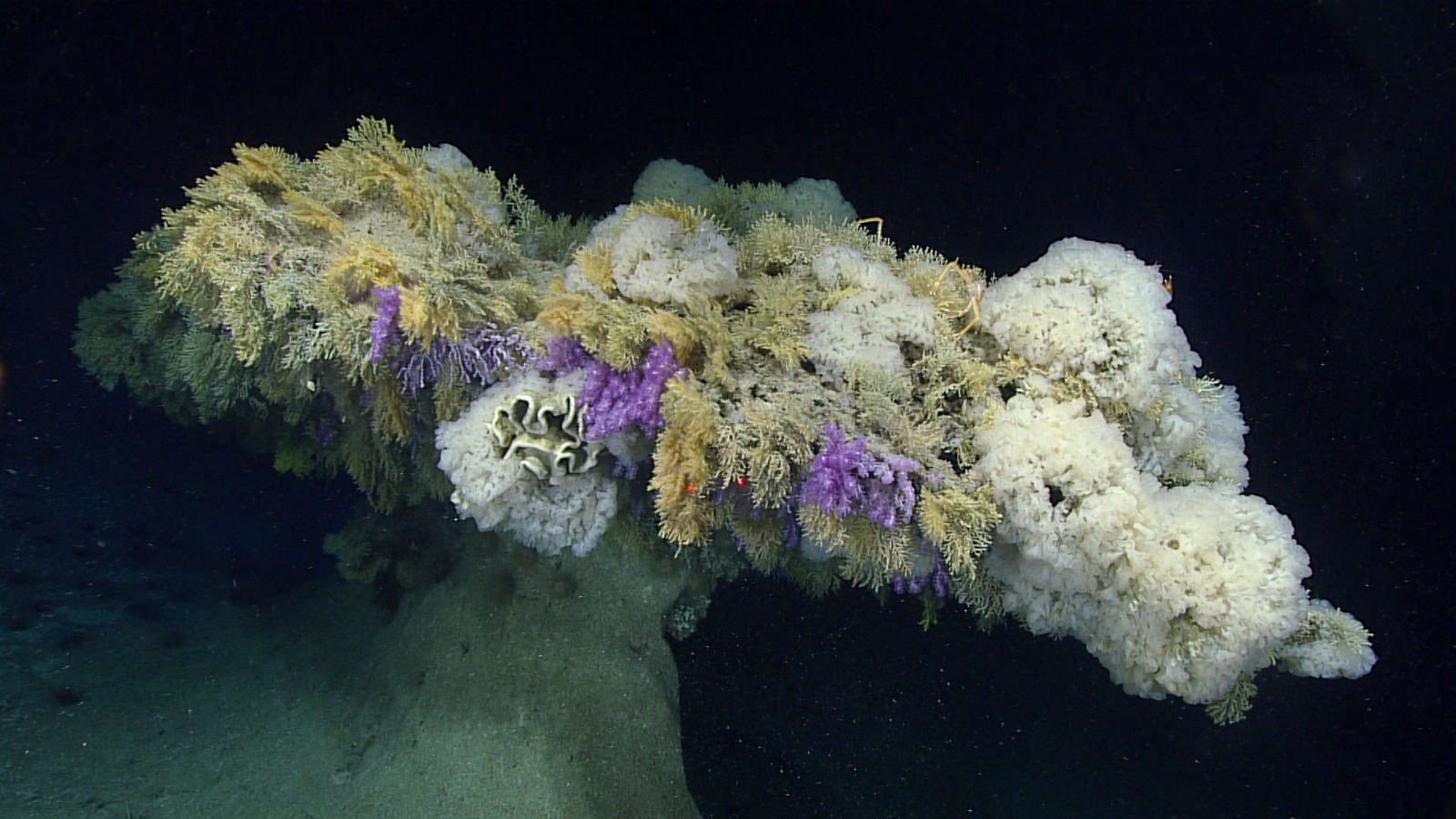
Deep sea mining isn’t worth the risk
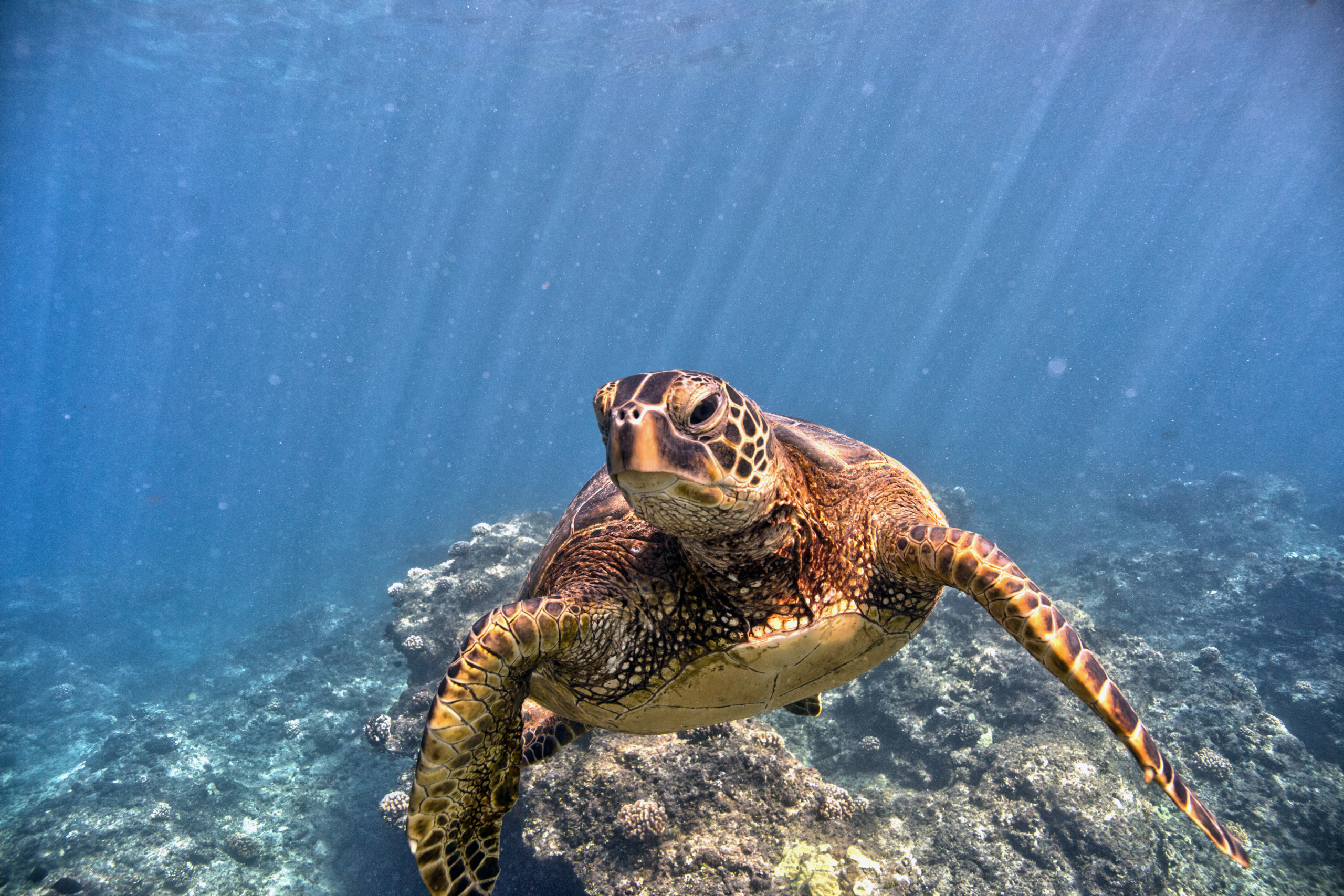
We have a chance to save green sea turtles
